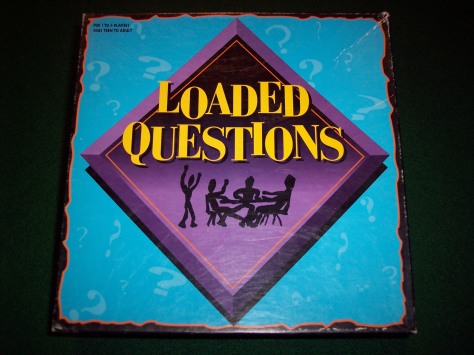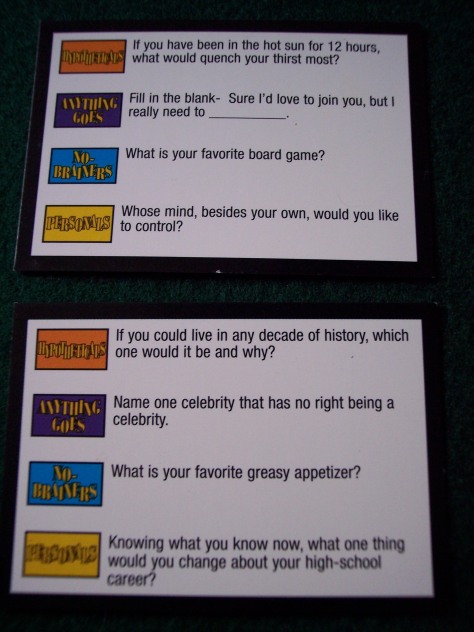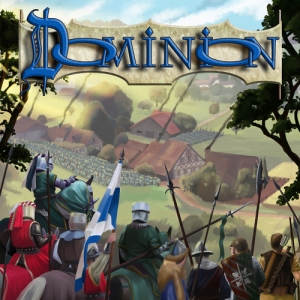It takes nerves of steel to win as “Mr. X” at Scotland Yard (Ravensburger, 1983); if you take it seriously enough, you could die from over-anxiety.
One person plays “Mr. X” – a fugitive from the law. The other players (2, 3, 4, or 5 of them) play the part of five detectives trying to track him down. Mr. X must move throughout the map of London over the course of 24 turns. If Mr. X makes it to the final turn without being discovered by the detectives, he wins and they lose. But if one of the detectives manages to land on the same space as Mr. X, the game is over and Mr. X has lost.
A key element in Scotland Yard is the choice between modes of transportation. Detectives and Mr. X are allowed to use a taxi to move from a yellow hub to another yellow hub along a yellow line (for example, space 125-131 in pic below), a bus to move from a green hub to another green hub along a green line (154-156), or the underground to move from a red hub to another red hub along a red line (153-140). A player may not use a mode of transportation if they are simply on a line – they must be at the appropriate hub. A player on space 167, below, is on a bus line and an underground line, but not on a hub. Their only choice is to take a taxi.
Both Mr. X and the detectives, taking turns, move around on the map of London. But the moves of Mr. X are hidden, so detectives only get to see the mode of transportation taken by Mr. X. On the third turn and then at the end of every 5 turns, the location of Mr. X is revealed and the detectives can adjust their strategy accordingly. The player taking on the role of Mr. X records board locations (each with a unique number) on a special “Mr. X Movement Log” (see pic below). This log allows the detectives to see what mode of transportation was taken by Mr. X, and the spaces 3, 8, 13, 18, and 23 are marked to remind Mr. X to reveal his location after moving there.
To add a further wrinkle – and a much greater challenge – detectives have only 24 transportation “tickets” to start the game, and once used they can’t be replaced. There are only four underground tickets, Eight bus tickets, and twelve taxi tickets. This becomes important, especially late in the game, because if Mr. X manages to make it across the map and a detective is low on underground tickets, he or she would be a lot slower making it to the appropriate neighborhood.
Finally, Mr. X begins the game with only a few bus and underground tickets, but gains every ticket used by the detectives – making his options basically limitless. In addition, Mr. X has three extra tricks at his disposal. He has four black tickets, which serve as wild cards and are essentially modes of transportation unknown by the detectives. The black tickets also allow passage on the Thames River barge (for example, from space 157 on the first map, above). The third trick is his ability, twice during the game, to use the 2x ticket, which allows two consecutive moves.
This is a great collaborative game, for the detectives, and a very stressful game for Mr. X! More than a few times during most games, Mr. X will find himself right next to a detective. One lucky move (intentional or otherwise) and the game is over. From the collective perspective of the detective (couldn’t resist the rhyme, sorry!), there is a premium on deductive logic. In the beginning no one has any idea where Mr. X could be, so detectives have to fan out and be ready to be anywhere after the third turn, when Mr. X is revealed. After that, there is some idea where Mr. X is, as long as the detectives are effective at limiting X’s moves by protecting underground and bus hubs and preventing a long range move on the part of X. Even so, Mr. X has a wide array of possibilities, including a wild goose chase by taxi around some of the more complicated neighborhoods.
Scotland Yard is a tried-and-true game for people who like intellectual stimulation and a little drama. Veterans should be Mr. X! It’s a great game for bright children (10 and up), teens, and adults – and I have listed it as one of my top 10 family games.






































